Succulents with outdoor flowers - the best varieties to choose
Succulents with outdoor flowers are perfect to make your balcony, terrace or garden special and give it a green touch. We anticipate that they do not need special care and it takes very little to always have them in excellent shape. Follow the advice we give you in this article, you will also need to choose the most suitable plant for you. Below is a video with some types of plants that purify the air.
Succulents with outdoor flowers: the characteristics
One of the main characteristics of succulents with outdoor flowers, we have already announced at the opening of this article: the thorns. Although it is a little known information, the thorns are the genetic mutation undergone by the leaves to survive the very arid climate . For the same reason these plants have developed a strong ability to accumulate water reserves sufficient to face long periods of drought in the tissues.
Among the many species of succulents with outdoor flowers, some are quite common and can be grown in the apartment or in the garden, as long as an adequate habitat is guaranteed.
Many wonder how a succulent plant can face and overcome the winter, especially when temperatures drop below zero: this depends mainly on two factors, on the one hand the orientation of the garden, which must be mostly sunny, and on the other hand the abundance of precipitations, which represent the main threat of these plants through humidity.
See also
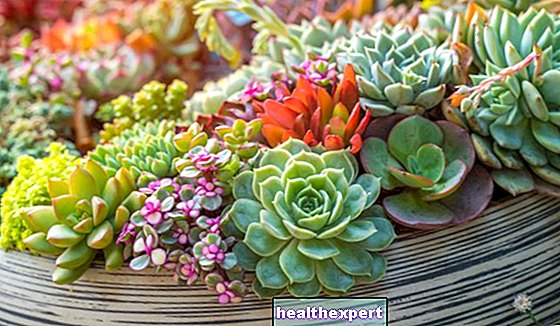


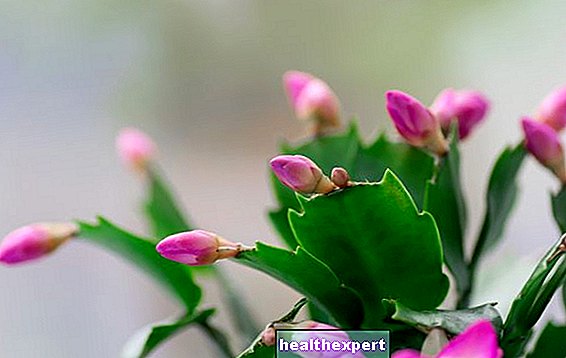
What are succulents with outdoor flowers?
Some types of succulents cannot be kept inside the houses because they would suffer as they constantly need to be in contact with the air. Better to arrange them on the balcony, on the terrace or even in the garden, if you have one. Most of these plants are not only extremely easy to care for, but also give abundant and beautiful blooms at different times of the year.
Below we will mention three species of succulents with outdoor flowers that could be used to beautify the exterior of the house.
- Cactus
The cactus is probably the best known species when it comes to succulents. While some love interiors and bloom in spring (Mammillaria, the Echinocereus and the Rebutia), other they are more suitable for growing in the garden. From their long and sharp thorns, splendid calyx or star-shaped flowers of the most disparate bright colors appear.
- Cotyledon
Cotyledon are plants of African origin. Their main feature is very fleshy light green leaves and they bloom after the first 3 years of life. Although this wait may seem long, it will be rewarded by a beautiful flowering in autumn during which red, yellow and orange flowers can be admired.
- Drosanthemum
Belonging to the family of Aizoaceae, the succulent plant with outdoor flowers of the species Drosanthemum , Looks beautiful and colorful, with a type of flowering ideal for illuminating the whole garden, especially in temperate climate areas. The flowers bloom in the summer and love direct sunlight.

- Rebutia Minuscula
This succulent plant belongs to the Cactaceae family, a genus of succulents native to the Bolivian and Argentine desert. Its spherical shape is unmistakable also thanks to its small size. It lives very well outdoors, so it is perfect in pots for the balcony, terrace or garden, even if it fears the bitter cold. Between spring and autumn it produces orange, red or yellow flowers depending on the variety.
- Mammillaria zeilmanniana
It is a variety of cactus native to Central Mexico, ideal to be grown in the garden, but it also adapts well to the apartment. It has a low and wide shape, with a squat and globular appearance. The surface is covered with white thorns from which, in summer, beautiful white, pink or violet flowers sprout.
- Sedum Acre
Sedum Acre has no thorns, but small leaves typical of the family of the Crassulaceae, to which it belongs. It is suitable for life in a rock garden or close to walls, placed in a pot on the balcony. It resists cold and frosts and from February produces star-shaped yellow flowers.
- Delosperma
Delosperma blooms with daisy-like flowers in various shades of pink. If grown in pots or in the ground, it creates a very particular and beautiful compact effect to make the garden unique. The ideal places to grow it are near flower beds, rock gardens or in pots. Very resistant to cold, it is one of the most tenacious succulents even in adverse weather conditions.
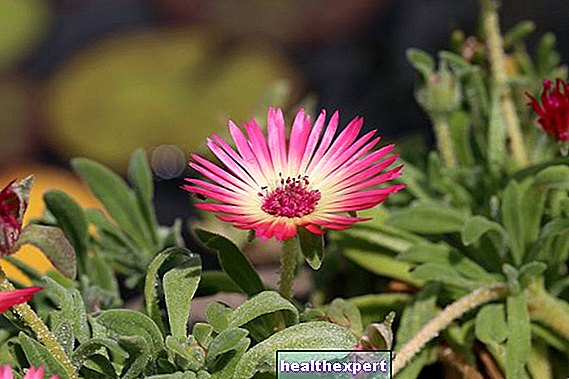
- Aloe Vera
Aloe Vera is also a plant suitable for outdoor cultivation, the important thing is never to expose it to direct winds. It is a plant that tends to grow a lot, which is why the pot must be at least 60cm wide. Aloe Vera blooms from spring to autumn depending on the species and variety.The flowers are generally red, yellow or orange in color, form on the top of a long stem and can take on hanging or tubular shapes.
- Echeveria
Echeveria is a succulent plant with outdoor flowers, but it constantly needs direct sunlight. This type of plant is robust and adapts easily to difficult and rocky soils. It blooms in spring-summer, when from the center of the leaves to rosette shape, a long stem grows, and small flowers like bluebells appear.The flowering is particular: red, yellow or orange flowers that change between the center of the petal and the margins.
- Crassula
Crassula is an ornamental succulent plant native to South Africa, thrives well in gardens with porous or rocky soils. The leaves are mostly fleshy and covered with a light down that guarantees adequate protection from the sun and cold. Crassula produces small star-shaped flowers with a white color, which in some cases can take on a pink or deep red hue. Flowering occurs in the hot season, from May to July.
- Agave
We also wanted to include the Agave among the succulents with outdoor flowers, but its history is particular. It is a succulent plant that lives many years and needs little care to keep fit. It never blooms, but takes all its energy over the years to give life to the only flower called the flower of death: after having blossomed, the plant begins to lose its beauty and its vigor and then inexorably dies.
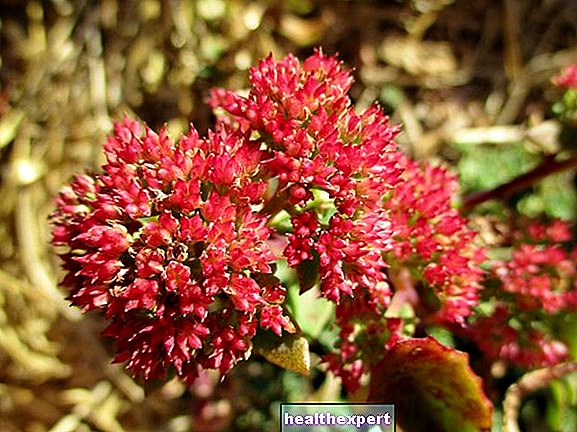
How to grow succulents with outdoor flowers
In the countries of origin of the Succulentae the winter is very dry and therefore the plants are not subjected to excessive humidity, avoiding, for example, that the water of the precipitation reaches the ground that surrounds them.
For all these reasons, the cultivation of garden succulents depends a lot on the place where you live and above all on how the garden is positioned. We will have to ensure adequate solar lighting for our plants also and above all during the winter period. Furthermore, it will be necessary to shelter them from the rains which could be excessively abundant at certain times of the year.
The most suitable soil for succulent plants with outdoor flowers does not require particular compositions, it is sufficient that it guarantees good water drainage, while as regards fertilization this must be done with fertilizers rich in phosphorus and potassium.
The ideal period for fertilization is from late winter to early spring, so as to stimulate growth and, if the plant is in excellent health, a possible flowering.
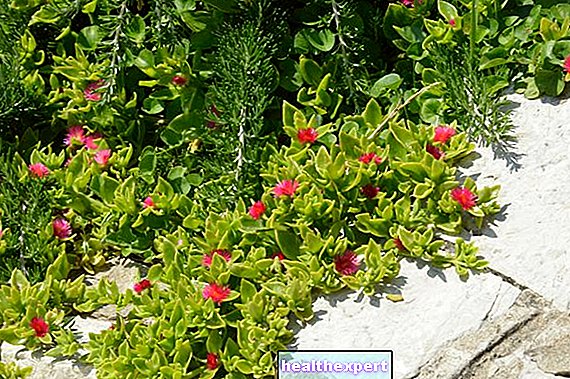
Succulents with outdoor flowers: pests and diseases
We have seen so far that succulents with outdoor flowers, even if they are the most resistant in terms of excellence, can be subject to attack by pests and diseases. The cochineal, for example, is the most threatening among the animal parasites, as it feeds on the sap of the plant. These insects can also attack the roots and the plant can appear dry or withered.
Even the eels they attack the roots and can lead the plant to death if not eradicated in time. Finally, we cannot fail to mention the red spider, which attacks the leaves causing cracking.
As for diseases, succulents can rot in the part of the stem or root, due to fungi that arise from excessive humidity or incorrect fertilization.
Only a timely intervention can solve all the problems mentioned up to here: special products will also be used to ensure adequate future protection for the plant.